Landing Pages – How to Improve Conversions
on Jun 09, 2015
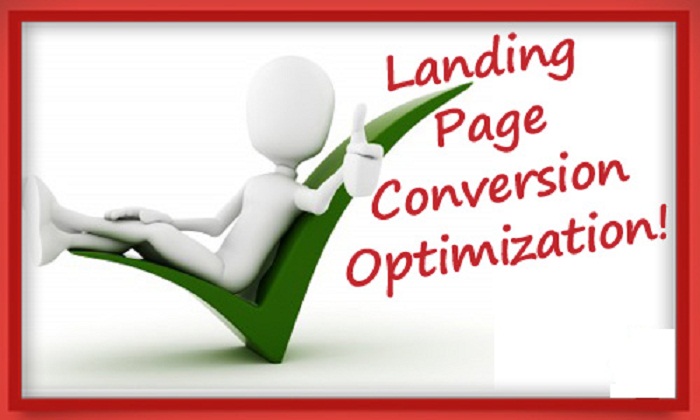
If you cannot measure it, you cannot manage it!
When a visitor arrives or "lands" on any page of your website, the most important thing is to:
- Catch their eye
- Persuade
- Convert them into a lead and further a customer
To achieve this, you must align all the elements that make each landing page work up towards a goal.
Create a consistent experience
No matter what is the origin of the visitor, it can be from SEO, SEM, from another page or from an email marketing campaign. The important thing is that they have come by clicking on a link or banner that was proposing something. Therefore, it needs to be consistent with the message of the previous step and presented in the way the visitor expects.
Eliminate navigation
As in case of malls, where they eliminate sunlight and all kinds of time reference for you to concentrate on the process of purchase, a landing page must eliminate distractions to lead the visitor to the desired action: conversion.
Size of a landing page
It depends on the audience and how the information is presented. In repeated tests, long landing pages that give details of the product or service lead to better results than the shorter ones. The only way to find the ideal size is by testing what works best in your specific case.
Video or image?
Video generally has more ability to hold the attention than an image. Once the visitor clicks on play, all their attention gets focussed on the video. Obviously the video should explain the product and its benefits and not show a corporate AV if you want the visitor to buy the product. Videos are definitely more expensive as you need a professional video for better conversions. It must be a maximum of 2-3 minutes. Any longer than that and you end up losing attention of your visitors.
Title
The main keywords used in SEO and PPC to attract traffic to your landing page must be present throughout the text and in the title.
The "selling image"
Not only the main image of your product or service, you must also keep in mind that all graphic elements on the landing page can have a significant impact on the outcome of your campaign – both positive and negative.
- Numerous studies have shown that images lead to better conversion.
- Various studies have shown that photos of products that can be rotated 360° get increased conversions.
- The images used on the landing page must be clearly related to the message to be conveyed.
- The "Call to Action" is that element of the web that asks visitors to take action. Subtle changes in the CTA button (such as colour, size or location) can significantly impact the conversion rate.
- The way the message has been framed is a key element in the conversion. Opt for a simple, clear and appealing message that inspires visitors to take action. Make sure to draw attention. Normally, the bigger the better.
- Keep in mind what the user sees when the page loads without having to scroll. The user will spend 80% of their time in this part of the page. Therefore, keep the most important elements in this space.
- Always use the same CTA: if every time you show the button that has a different message, colour and size, you will end up misleading the visitor. It is recommended to use the same CTA all over the landing page.
Form
- It is the key point of conversion. The aim is to make the visitors leave their details.
- The form should be easy to understand and present the instructions clearly and concisely.
- Use arrows or other types of directional signs to indicate the visitor to follow the action.
- The fewer the number of fields, the better the conversions. Identify what information is vital to close the sales cycle and add fields accordingly.
Credibility
Let your phone number be clearly visible so that the visitor feels confident about being able to contact you, if needed.
Testimonials are a very effective way to build trust. Add genuine testimonials with genuine images.
Expose the visitors to any kind of membership and associations that you are part of to build trust.
The authenticity outsells the hard sell
On the Internet it is easy to compare and find out who's lying. Focus on the benefits and on how you can help the visitor, rather than making promises that cannot be met. A dissatisfied customer is the last thing you want to have.
Use facts that impact
Statements such as "top pick of the city" or "the best in the industry" are little verifiable and tend to generate more suspicion than trust. Therefore, focus on facts that can be proven true. For example, if you are a restaurant writing - "FDA certified with 300 plus daily orders" or "We served Biryani to more than 40,000 customers last year" etc makes a lot more sense.
Design
If everything other than design is perfect, all the effort will go waste. According to studies, 90% of visitors avoid a website if its appearance is not to their taste. In other words, you cannot afford to lose customers by not having a professional design.
Pop-ups
Is there anything more annoying than a pop-up? Don’t bring visitors to the website only to annoy them, it is best to not use any popup.
Use of photos that scream “stock”
An Indian shop showing western models posing with dresses, especially if they are listed in the top results of Google Images do not make any sense. The images must seem natural and relevant.
Metrics, analytics and reporting
Remember the quote “what you cannot measure, you cannot manage.”
Use a tool for analytics. The easiest and cheapest is Google Analytics. Other tools are more focused but come with a recurring cost. Paid tools are better if you have any specific requirement and have huge data volume to analyze.
Measure conversion
Be clear about what is the measure of success in a landing page. Normally when an action is completed, like a sales or form fill, we say that a conversion has happened. Your objectives can differ, but you need to define goals to map the whole effect.
Testing
It is impossible to attain perfection at first. Human behaviour is unpredictable and often leads to surprises. The good news is that the Internet allows us to experience and test quickly and effectively to keep improving the effectiveness of our campaigns.
What are we testing?
First, you must test the effectiveness of the main elements of the landing page including title, benefits and main image. You can also opt to try two totally different designs to see how visitors react to each of them.
Test A / B:
Make two variations of the same landing page where you try to change individual elements (title, image, benefits, buttons, etc.) or the entire design to see what works best.
It is also good to do A/B/C testing. Compare 3 different pages with different messaging and picture along with the communication. Remove the least performing page and keep the two and add another version. Also do multi-variance tests in between to find out the best combination.
Multi-variance Test
Unlike the above, the user is not presented with two different pages, but it is always the same and what will change are the individual items to see which ones work best. Technically it is more complex and requires more visits to make statistically relevant decisions.
There is no perfect landing page. Always keep your eyes open and do brainstorming to gather new ideas and improve the conversion numbers. Ask your sales force, marketing department and incorporate relevant inputs and ideas that allow you to keep improving.
Measuring the traffic sources:
As you can measure the effectiveness of each of the elements, web analytics tools allow knowing what traffic sources are becoming better and therefore more profitable. This information will help you distribute the budget more efficiently.
Connect Adwords with Google Analytics
With Adwords you will know the number of impressions, CTR, Clicks, Conversions, conversion rate and cost. However, once it has been connected to Google Analytics, the information you get becomes invaluable for decision making: bounce rate, browsers, breadcrumbs, time on site, etc. If you have not done it, it's not too late! Do it today.
Paid & Affiliate campaigns
When to use a landing page? - The goal of each click is, by definition, to achieve a conversion (except when it comes to branding campaign). Therefore, PPC campaigns with the landing page must be optimized to achieve the highest number of clicks, reduce bounce rate, average position and increase the quality score and improve conversions. With sufficient information, you should be able to reduce bids or pause keywords with lower conversion and give more prominence to the most profitable ones.
No matter the source of the traffic, whether from search engines or from other reference pages, the important thing is to maximize conversions and if you have affiliates, have the obligation to do so not only for you but also for all those who trust you and your business to generate income. Also, if you are able to offer high data rates conversion, it will be easier to get new members.
How to display Pricing
There is a whole science about pricing and many companies are now engaged in finding the right price for each product. It is extremely complex and has many nuances. However, it is interesting to apply some concepts to improve landing pages:
Hide the price – When the objective is to maximize the number of leads to try to close the sale by other means (phone, email, etc.) hiding the price makes many visitors take the step of leaving their data for more information. The positive side is getting more leads, but they are less qualified. Think what is best for your business and test which option has the greatest impact on your bottom line.
$199, $499 or $999 are the kind of prices that customers do not get tired of seeing. The reason is fully psychological as consumers react better to this little trick.
Now it is cheaper – "$99 (normally $149)” is another way to make the visitor see that it is a bargain they cannot miss.
Countdown – "Only until the tenth day" – The feeling that you will lose the chance to get what you want makes the conversion go higher.
Discounts – Various tests have shown that the discounts expressed in monetary units ($50 discount) work better than a percentage (10% discount). Although the amount maybe equal, psychologically it works better.
You can combine urgency + discount – something like “Save $15 if you book before August 15".
Always Keep Testing
If you have managed to implement all the above tips you've made significant improvements, but it is only the beginning. The more you work to optimize conversions, the greater the impact will be on the income statement. Improved conversion rate by 15% may not seem like much, but if it results in a 15% increase in sales, the difference becomes significant.
Sumit Srivastava
Team OMLogic

.png)
.png)

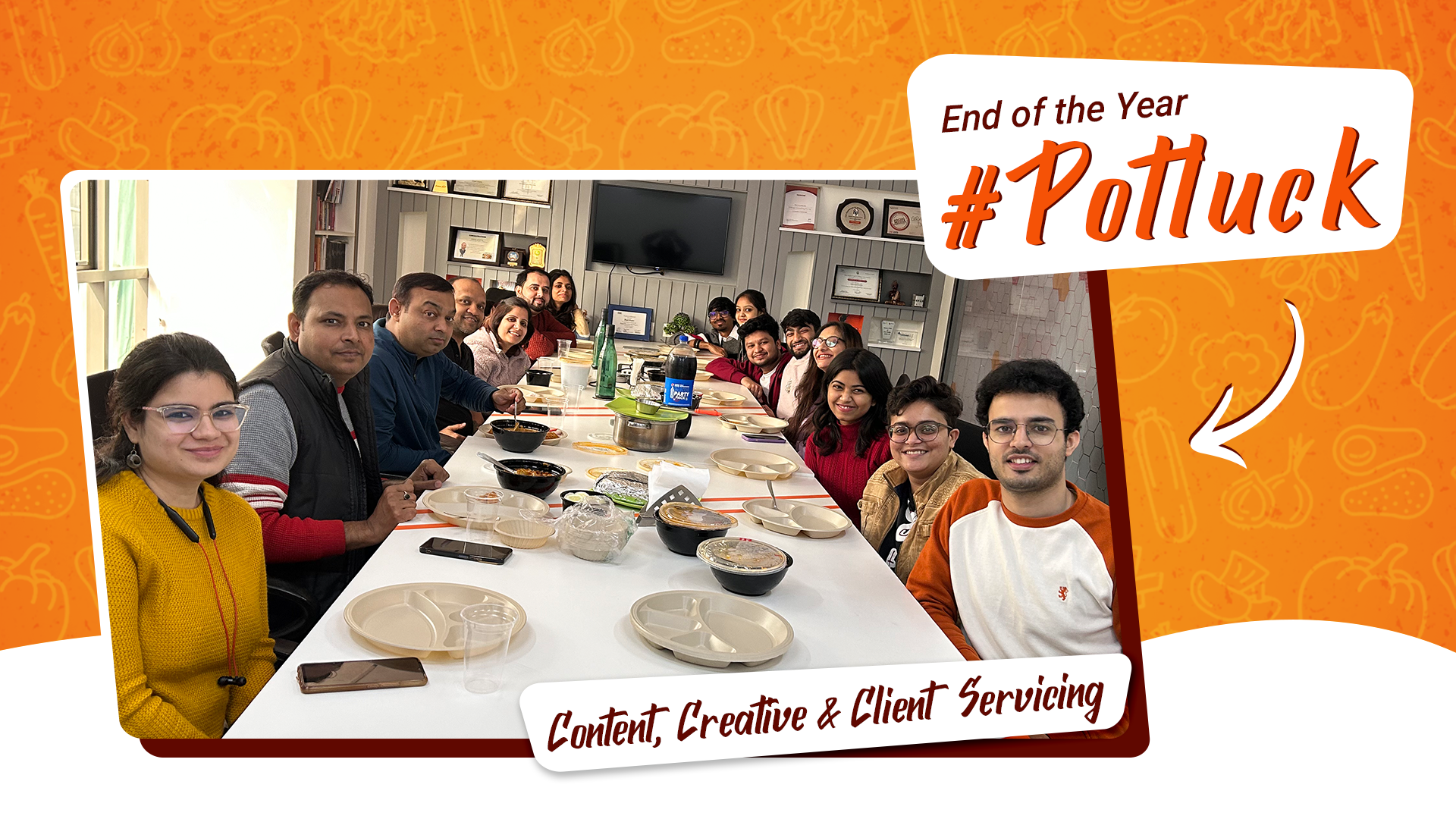


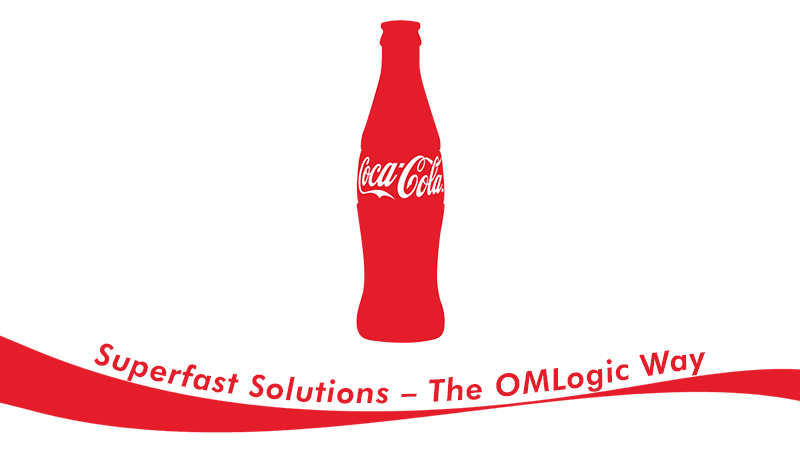
.jpg)


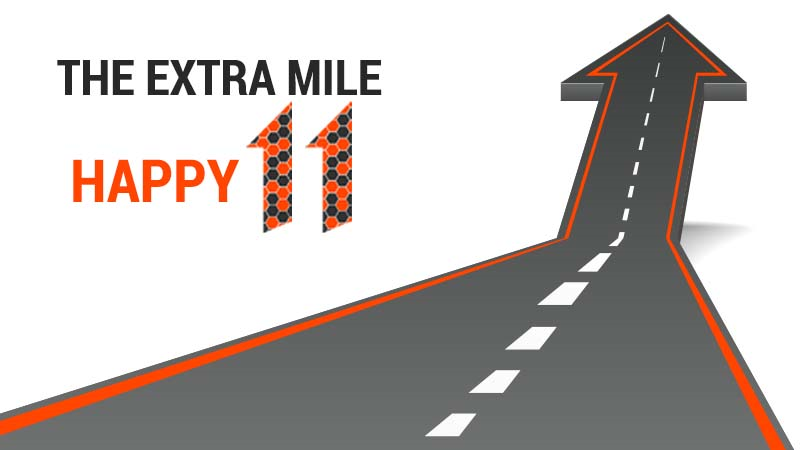
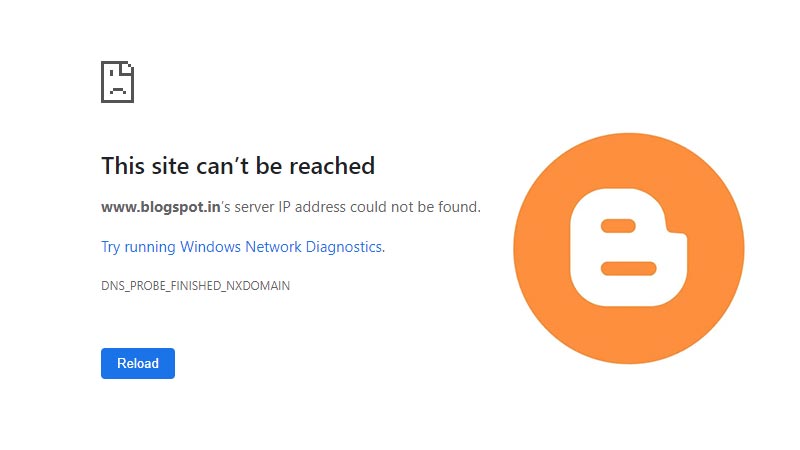
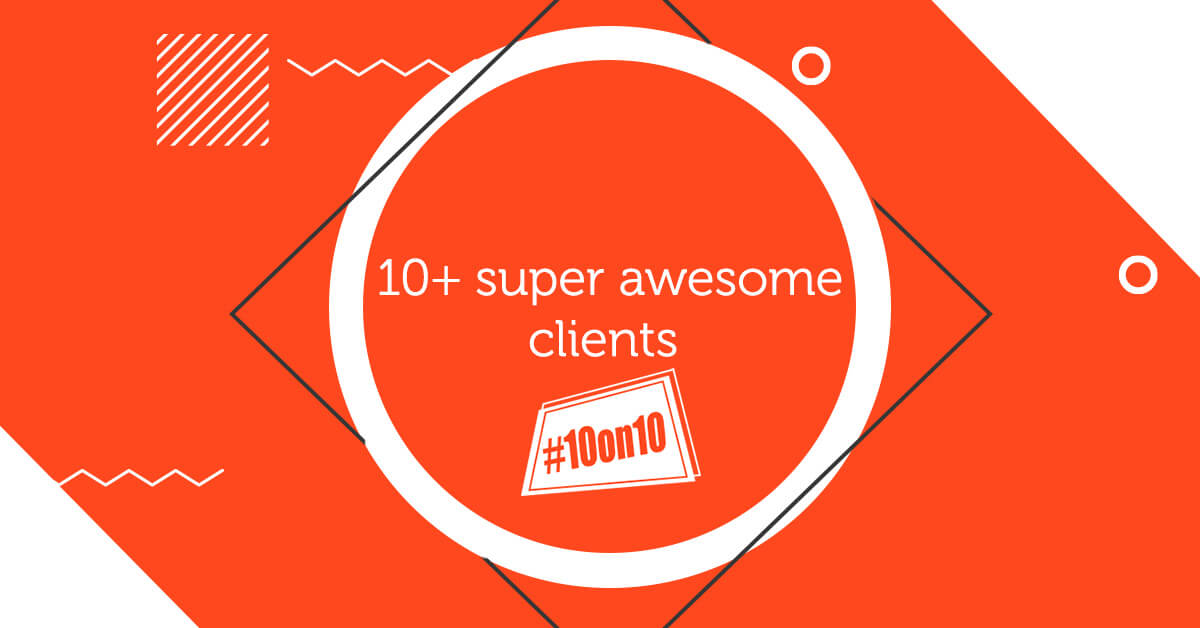
Sorry! No comment found for this post.